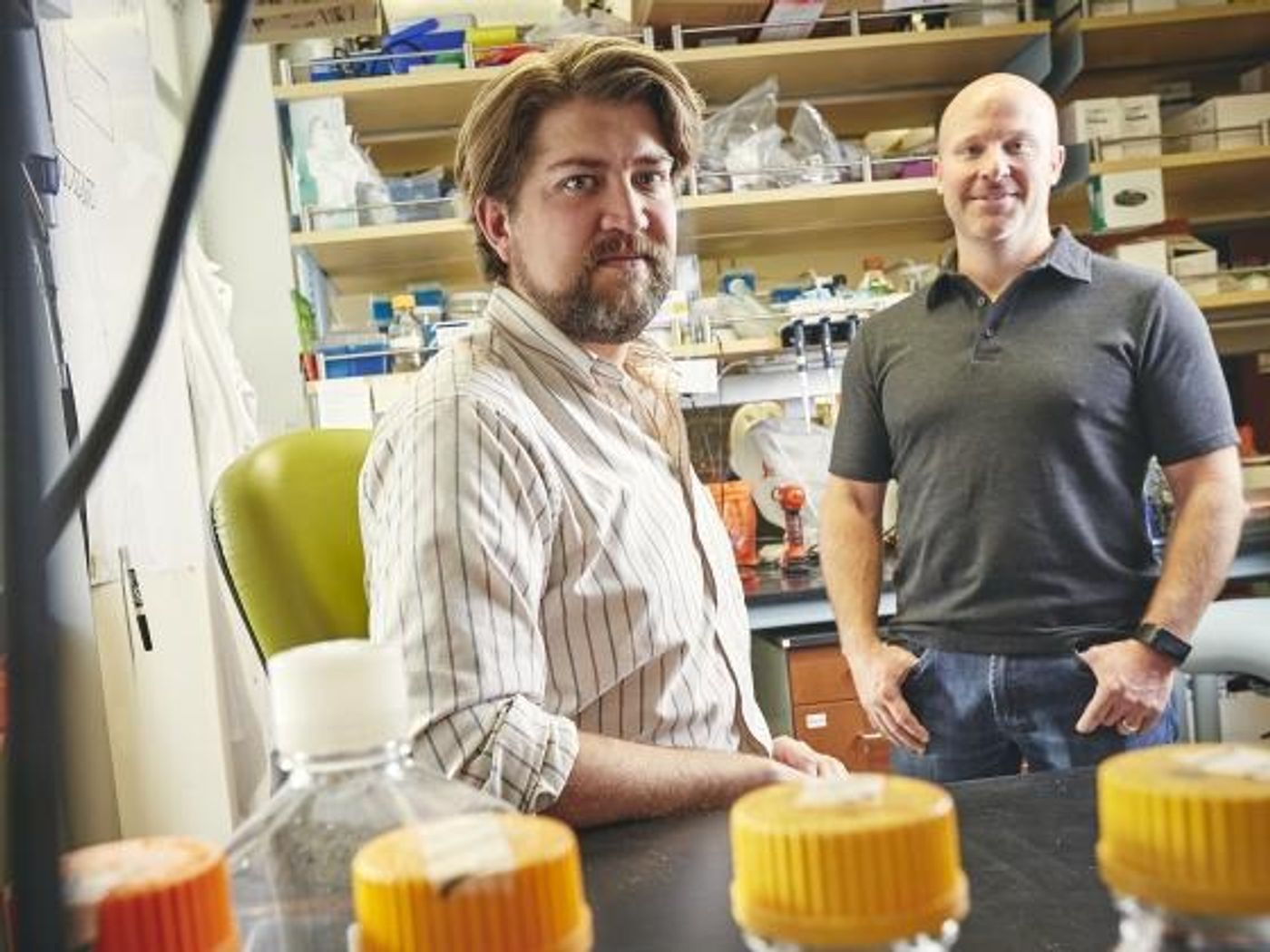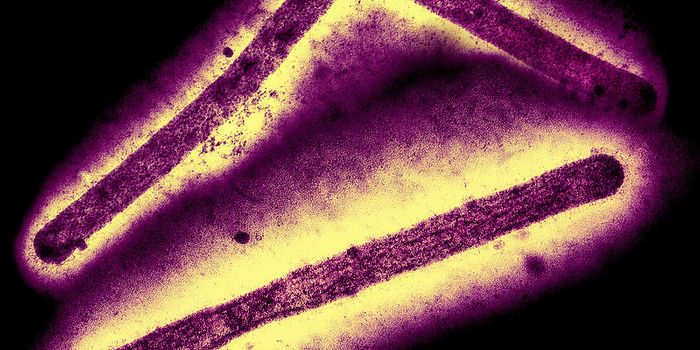The Gut Microbiome can Help Shield Against Arsenic Toxicity
The microbes we carry in our gastrointestinal tract are intricately related to our health and well-being, and scientists continue to gain insight into that relationship. Researchers at Montana State University have now found that our gut microbiome can help shield us from arsenic toxicity. Worldwide, the drinking water of about 200 million people is contaminated with the toxin, and even low levels of it can contribute to the development of cardiovascular disease and cancer. The findings have been reported in Nature Communications and may help scientists create therapeutics for arsenic toxicity that target the microbiome.
"One of the next big challenges for microbiome researchers will be translating laboratory findings like this into real-world solutions," said MSU doctoral candidate and study author Michael Coryell. For several years, he’s been at work with colleagues to learn more about how microbes in the gut deal with arsenic once it’s been ingested.
In this study, mice were used as a model to first show that antibiotics can disrupt the gut microbiome, which enabled arsenic to build up in their bodies instead of getting flushed out. "That was an interesting finding because it showed that even though there was some microbial activity in the gut, the mice were not as good at getting rid of the arsenic and were probably taking more of it into their system and building up more in their tissues," Coryell said.
Different mice that totally lacked microbes were affected in a similar way, noted Coryell. But, once the germ-free mice were exposed to microorganisms that are part of the human microbiome, they gained protection from the toxin. Not all microbes had the same impact, however.
"That was a big advance because we were able to look at the germ-free mice and put back the microbiomes we wanted to examine from different people. We found that depending on which microbiome the mice got, they were protected to varying degrees," noted senior study author Seth Walk, associate professor in the Department of Microbiology and Immunology.
The work suggests that some people might carry a microbiome that confers greater protection than others, added Walk. It might help explain why only some people who drink from a shared, contaminated water source are prone to disease later in life.
"That idea really hasn't been incorporated into any epidemiological study or model," Walk said. "So, in order to predict how likely certain individuals are to develop disease, we need to account for the microbiome and just how protective it is. These results help us establish that foundation."
If we know which microbes in the microbiome are protective, or exactly how they are shielding us from toxins, it may help people that unfortunately have to continue using contaminated water sources.
"Microbiome research is moving to microbiome-focused therapies for what we know it plays a role in, and clean food and water is a big topic here in Montana and around the world," added Walk.
The video above discusses groundwater contamination with arsenic, which is a threat to the health of many. The video below outlines the human gut microbiome.
Sources: AAAS/Eurekalert! Via Montana State University, Nature Communications









